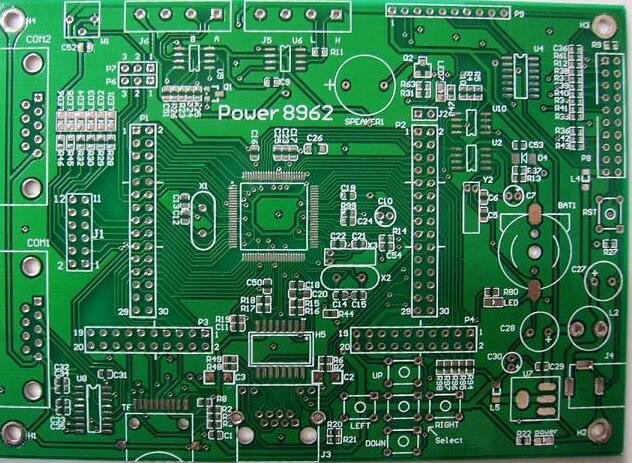What are the functions of CIM technology in PCB Assembly?
In Shenzhen Electronics Co., Ltd. in PCB Assembly, CIM is a paperless manufacturing information system based on computer networks and databases that can improve the quality, capacity, and output of circuit assembly. It can control and monitor screen printers, dispensers, placement machines, and plug-ins. Assembly line equipment such as machines, test equipment and rework workstations.
It mainly has the following functions:
First, the most basic function of CIM is the integration of CAD/CAM, which realizes the automatic conversion of CAD data to the manufacturing data required by the production equipment, that is, automatic programming and easy product conversion. Once the product changes, it can be automatically reflected in the machine program, test data and documents, without the need to program each device. This means that the product conversion that can only be achieved in the past few hours or even days is now within a few minutes. Can achieve.
Second, provide manufacturability analysis and testability analysis tools, through the analysis of the manufacturability of the CAD files from the design department, feedback the violation of placement rules to the design system, and promote the parallelism of the design and manufacturing system Engineering, improve the first-time success rate of the design, the testability analysis tool can provide the designer with a complete testability analysis report, and help the development engineer complete the required corrections before the formal production.

Third, arrange the production schedule, consider the parameters to be assembled, machine occupancy rate, delivery cycle requirements and other parameters through comprehensive analysis, so as to maximize the efficiency of production and assembly. CIM can be used for direct short-term scheduling, and can also be used for long-term strategic considerations of factory capabilities.
Fourth, the balance and process optimization of the production line. A major feature of CIM is to achieve the optimization of assembly by automatically balancing product loading, sorting, component distribution and placement, and equipment speed, and can reasonably allocate components to appropriate Machine or manual assembly process. In short, CIM can monitor the entire assembly process and quality of the product. Once a problem occurs, CIM can feed back information to the operator or process engineer and point out the exact location of the problem. Statistical analysis tools can collect and analyze data in the production process in real time, instead of waiting for the report to be generated before analysis. It can be said that CIM is a key part of CIMS, it can provide the required data for the entire production plan, timing arrangement, and factory management. The most fundamental goal of CIM is to achieve fully integrated production control, and CIM is still under development. At present, the country has higher and higher requirements for environmental protection and greater efforts in link governance. This is a challenge but also an opportunity for PCB factories. If PCB factories are determined to solve the problem of environmental pollution, then FPC flexible circuit board products can be at the forefront of the market, and PCB factories can get opportunities for further development.